Article
Into French Polynesia I: The Island of Ua Pou
Author(s):
Northeast of Tahiti is the island of Ua Pou, one of the 12 Marquesa Islands. Here, the residents are simply content to enjoy the ocean and the beauty of where they live.
Photography by the authors
wa poo
We come up on Ua Pou (pronounced ) early in our cruise. It’s the third largest of the 12 little Marquesa Islands and the most populous. We are sailing 1,000 miles northeast of Tahiti and just below the Equator on a freighter that is the life blood for the six inhabited islands.
does
Our ship is carrying provisions and supplies — and the heavy equipment to sustain life on today’s islands; generators, refrigerators, once it even brought a helicopter. We are in French Polynesia and, to give France its due, it still look after what was once its domain.
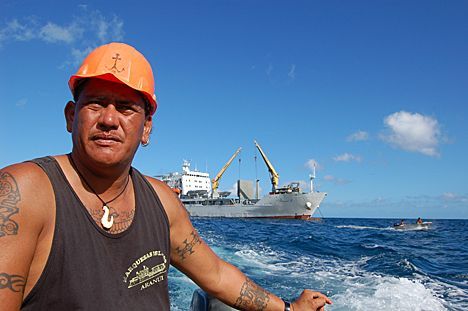
Although all the islands are volcanic — which means no coral reefs, comfortable beaches or coastal plains — each is different. Ua Pou is celebrated, a guide book says, for “its tattoo artists, wood carvers and dancing musicians.”
We find all three in our first hour on land.
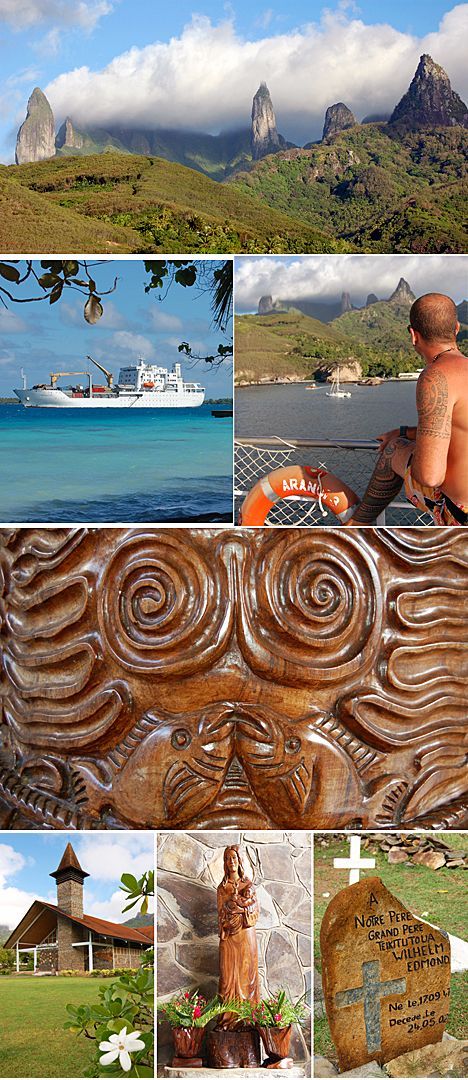
The rain that has been hammering our deck stops as suddenly as it began. The clouds blow away, the sun comes out and the basalt peaks that are Ua Pou’s signature icon break into view. The tallest rises above 4,000 feet; they look un-climbable. Yes, our crew member tells us, he got his tattoos on this island. He points out the coastal route to the Hakahau church, which has, he says, the finest wood carvings on the island.
Most of the churches in the Marquesas are Catholic. The priests were very active and may have saved the island’s populations by quarantining the congregation in their churches whenever trading ships appeared in view with their European desires and diseases. As with many other primitive communities, such diseases decimated the island inhabitants.
Robinson Crusoe
We walk past a tombstone bearing the date 1709; by chance, it’s the year when Scottish sailor Alexander Selkirk was rescued from Juan Fernandez Island off the coast of Chile. His story inspired Daniel Defoe to write .

The sound of nearby chanting voices and beating drums calls us out of the church. The locals are putting on a show for the ship’s passengers in what might be called the village green. Older women are dancing with their children and showing their island history and heritage through dance. Some of the passengers later attempt to be taught as well — in a performance that surely isn’t a photogenic opportunity for travel writers!
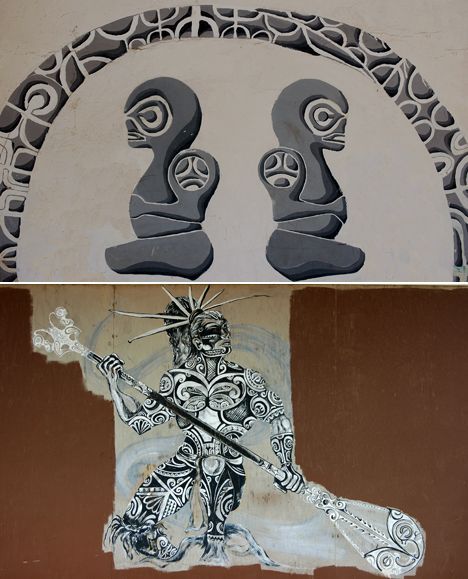
The island’s history is controversial and somewhat confusing. Interesting art is scattered on some abandoned building, its significance lost to visitors. Those remote islands are mystical despite the occasional glimpse of a TV aerial or a Coca Cola sign. A local kid banging the war drums in this island band seems, for example, a great photo opportunity until we notice his Los Angeles Lakers basketball T-shirt! It is, however, a great foreign experience. We are in a land so remote he can’t tell us how the Lakers are doing!
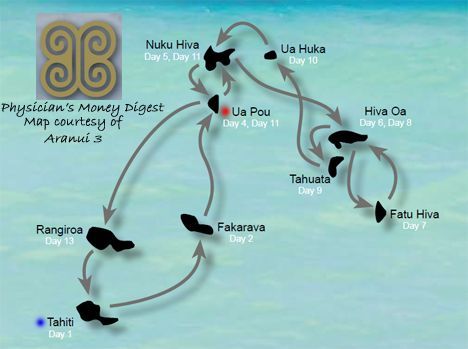
Armani 3
But this we know: the Marquesas are doing well. They have the cottage industries of native crafts here sold at upscale prices so they have their income — and they have their climate, their scenery and their life style. The arrival of our freighter is no big deal for the children. comes twice a month to the Marquesas and twice to Ua Pou on each 14-day trip. The passengers may be in a hurry to get to adventures on land but the island children are mellower. They are content to enjoy their ocean.
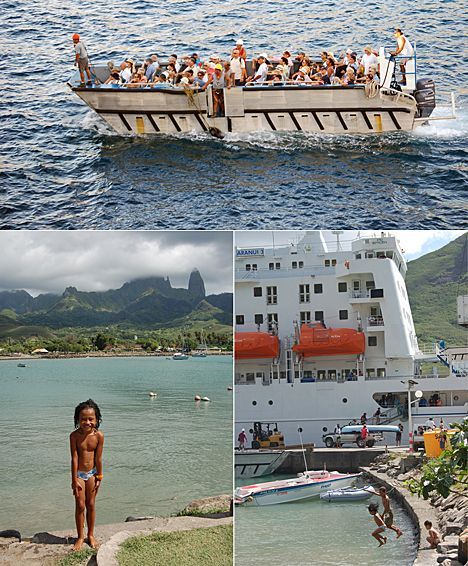
We could learn from the serenity of those children. They clearly enjoy the beauty of where they live. If we understand the French words of a boy happy to have a new bicycle that came for him on the ship, he was asking us, his hand sweeping over the magnificent coast line, “What more could I want?”
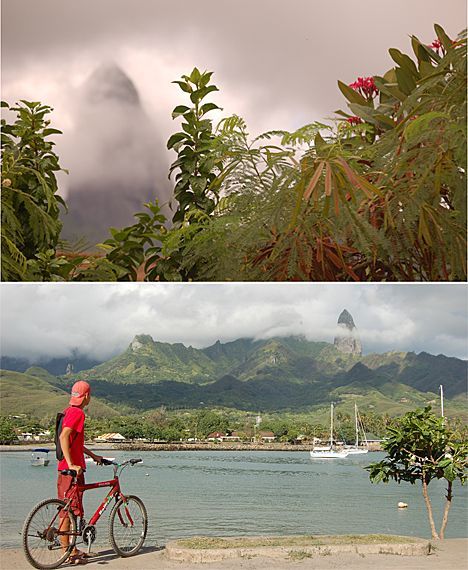
His point is taken. A young girl we meet in the village seems equally content. We ask her mother if she would like us to send a copy of the photograph. She replies, through an interpreter, that she doesn’t need a photograph, she has the real thing: her daughter.
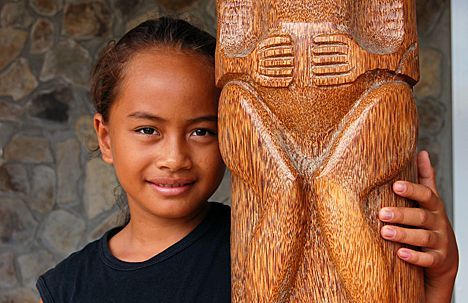
The contentment of the people of Ua Pou contrasts with the irascibility of one of the passengers. In voluble French, she castigates one of the crew. She is apparently complaining the ship’s shore excursion didn’t take her to Paul Gauguin’s grave.
He listens gravely to her tirade then answers, “The cemetery is not on this island. It is on Hiva Oa. You’ll be there the day after tomorrow.”
And it’s our next adventure.
The Man Who Cried Orange: Stories from a Doctor's Life.
The Andersons, who live in San Diego, are the resident travel & cruise columnists for Physician's Money Digest. Nancy is a former nursing educator, Eric a retired MD. The one-time president of the NH Academy of Family Practice, Eric is the only physician in the Society of American Travel Writers. He has also written five books, the last called




